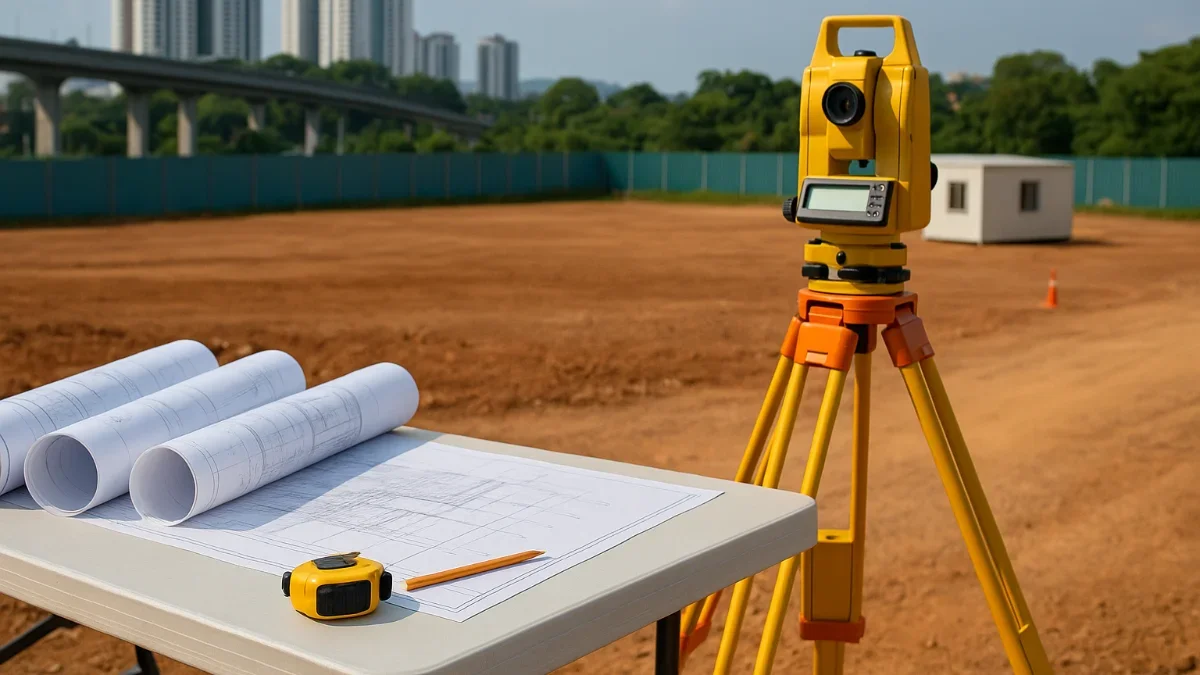A practical developer guide to SBKS—why and when to use Serah Balik & Pemberimilikan Semula, what Section 204 NLC allows, documents, steps, costs, and common pitfalls.
Surrender & Re-Alienation (SBKS): When It Makes Sense for Developers
SBKS helps unlock development layouts that ordinary subdivision or simple “tukar syarat” cannot achieve—especially where new public reserves, road realignments, or fresh land conditions are required.
1) Why developers use SBKS
Realign reserves & public purpose land
Dedicate/adjust road, drain, river or utility reserves and have them properly vested before lots are re-alienated to you or purchasers.
Fresh conditions on new titles
Obtain new category of land use, express conditions or restrictions-in-interest that match the approved planning layout.
Cleaner phasing & exit
Re-parcel the estate into saleable, infrastructure-ready lots with clean boundaries for staged disposal or JV tranches.
2) Legal framework (NLC s204)
The NLC provides for surrender and re-alienation in the Section 204 suite (including mechanisms frequently cited as s204B–s204D). States administer applications via their PTG/District Land Offices with detailed checklists and forms.
3) Documents & consents typically required
- Form 12D (application to surrender & re-alienate)
- Official title search & plan (latest)
- Original issue document of title (as requested)
- Consents from chargee/lessee/lien holder/caveator (if any)
- Latest quit rent receipt
- Proposed/approved layout & reserve plans from planning engineers/consultants
Example checklist (Wilayah Persekutuan): see PTG WP’s page on “Permohonan Serahbalik dan Berimilik Semula Tanah – Seksyen 204D KTN.”
4) Step-by-step process
- Planning due diligence: Confirm zoning/local plan, reserve widths (JPS/JKR), and utility corridors. Prepare concept layout & phasing.
- Agency clearances: Obtain planning/engineering endorsements required by the state (roads, drainage, IRR, etc.).
- File SBKS application (Form 12D): Attach title search/plan, consents, receipts, and layout drawings; submit to District Land Office/PTG.
- Assessment & premium: State assesses fees/premiums (if any) for re-alienation and sets conditions on the new lots.
- Surrender & vesting: Parent land is surrendered; reserves/public purpose land are vested as directed.
- Re-alienation & new titles: New lots are alienated with fresh conditions; issue documents of title are prepared/registered.
5) SBKS vs other routes (quick comparison)
| Route | Best for | Pros | Watch-outs |
|---|---|---|---|
| SBKS (s204) | Re-parceling with reserve dedication/realignment; fresh title conditions | Clean new titles; align with approved layout; vest reserves properly | More steps; premiums/fees; requires chargee/Bumi/other consents |
| Subdivision | Splitting a parent lot without major reserve rework | Familiar flow; may be faster | Existing conditions persist; reserve issues may remain |
| Amalgamation | Combining adjacent lots before a masterplan | Uniform platform; simplifies later planning | May still need SBKS later to dedicate reserves |
| Tukar Syarat / Express Conditions | Changing category/conditions on the same lot | Targeted change; avoids full surrender | Doesn’t create new parcels; cannot fix boundary-level reserve issues |
6) Costs & premiums (what to budget)
- Re-alienation premium/fees: Assessed by State for the new lots/conditions; varies by land use and location.
- Survey & engineering: Detailed survey, road/drainage design, reserve plans, E&S compliance.
- Legal & disbursements: Applications, consents (chargee/caveat), title work, plan registration.
- Statutory payments: Quit rent/assessment updates, and any contributions required by planning authorities.
7) Common pitfalls (and how to avoid them)
- Missing chargee consent: If the land is under charge, bank consent is essential before surrender.
- Incomplete reserve widths: Dedications not matching JPS/JKR standards can delay re-alienation.
- Unclear Bumi/affordable quotas: Plan inventory and staging with local council policy early.
- Optimistic timelines: Build adequate long-stop dates and condition precedents into SPAs/JVs.
8) FAQs
Can SBKS be used for part of a lot only?
Commonly, surrender is done for the whole parent lot to avoid residue complications, but states may guide on partial scenarios tied to the approved plan. Check with the PTG/District Land Office.
Do new titles carry new conditions?
Yes—re-alienation allows the State to impose fresh category, express conditions and restrictions-in-interest consistent with the intended development.
Start Your Search for Agricultural, Industrial, or Land Investment
- Explore Agricultural and Development Land for Sale
- Browse Industrial Properties in Rural Areas
- See Commercial Assets Supporting Agri-Supply Chains
Related reading: Subdivision vs Amalgamation vs Partition (Malaysia) · Land Conversion 101: Agri to Industrial
Disclaimer: General information only—not legal advice. Always verify the latest state circulars and Section 204 procedures with the relevant PTG/District Land Office before committing to a transaction.



